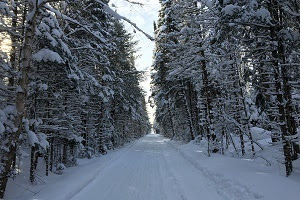By Glen Wunderlich
Charter Member Professional Outdoor Media Association
When I got word that Lowell E. Baier wanted to talk to me, I made sure that I did just that. My first discussion with Mr. Baier came unexpectedly when I called The Boone and Crockett Club a few years ago about concerns with the Endangered Species Act (ESA). Surprisingly, Lowell was available and took the time necessary to explain how he had spent five years of his life in an effort to modernize the failing system designed to protect declining flora and fauna species, which are dying off 100-1,000 times faster than historical rates of extinction. As a result, he wrote the current Equal Access to Justice Act (EAJA) to right some wrongs.
However, I could sense his displeasure with the current administration’s lack of progress when he remarked “The administration has backed off implementing it [the EAJA] aggressively. It has become harder and harder for the U.S.Fish and Wildlife Service to do good science, because current scientists and biologists are retiring and not being replaced amid budget cuts. This administration, Glen, is really down on science and science is the heart of wildlife management; it’s the basis for wildlife management.”
As he began to write another book about the ESA – an “out of the box” look at the ESA before the 50th anniversary in 2023, he had what he termed an “Ah-ha!” moment. “It hit me: Who is closest to wildlife in this country? It’s the guy with dirt under his fingernails, overalls, tractor, and my God, that’s my grandfather. Those people know where the birds and animals live on their properties. They know what their habitat is – what they eat, breeding cycles, where they nest and so forth. We don’t talk to those people. We don’t talk to them at all.”
His new book, Saving Species on Private Lands; Unlocking Incentives to Conserve Wildlife and Their Habitats is a desktop reference guide for private landowners who want to conserve wildlife. Whether engaged in farming, ranching, forestry, mining, energy development, or another business. Private working lands all have value as wildlife habitat, with the proper management and financial support. It documents the multitude of federal, state, local, and private opportunities for landowners to find financial and technical assistance in managing wildlife and will be available in hardback, paperback and e-book in March 2020.
Farmers and ranchers have told him we don’t know who to talk to if we have an ESA problem (or, if we think we do.) He did some digging to find out which states had private land specialists and learned that Missouri is starting a training session – first in the country – to train specialists how to talk to farmers and ranchers and it is basing its teachings on Mr. Baier’s new book.
When I asked if there something in the book for smaller-scale landowners like we have in Michigan he stated emphatically, “This fits anyone with 2 to 2000 acres. Through Title VI of the Farm Bill there are unbelievable funding opportunities available.”
The book is being taught at Yale and other universities, and, as the federal government cuts its programs, it’s important for states to pick it up. It explains wildlife conservation on private lands, and provides landowners with a roadmap for identifying partners, developing land management plans, and accessing financial and technical assistance to conserve wildlife, while maintaining the financial viability of their working lands. It also demystifies the ESA, explaining how it affects private landowners, and how they can secure regulatory assurances to navigate its restrictions. It is a handbook for landowners, government agencies and non-profit staff, policymakers, and students alike, showcasing the incredible conservation legacy and potential of America’s private lands.
Lowell E. Baier received his B.A. in economics and political science from Valparaiso University in 1961 and completed his law degree in 1964. Throughout his career he has been an advisor to many elected officials and educators, including every successive presidential administration since George H. W. Bush.
His book lays the foundation for the future model of conservation and it all started with Lowell E. Baier’s epiphany: “For 56 years, I’ve been preaching to the choir. It amazes me that we’ve overlooked the most obvious connection to wildlife: the guy with the dirt under his fingernails.”
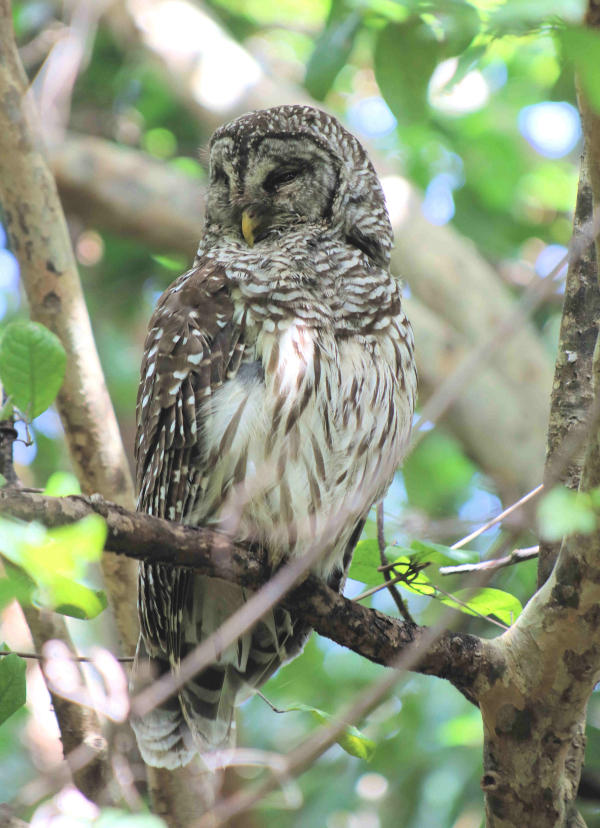

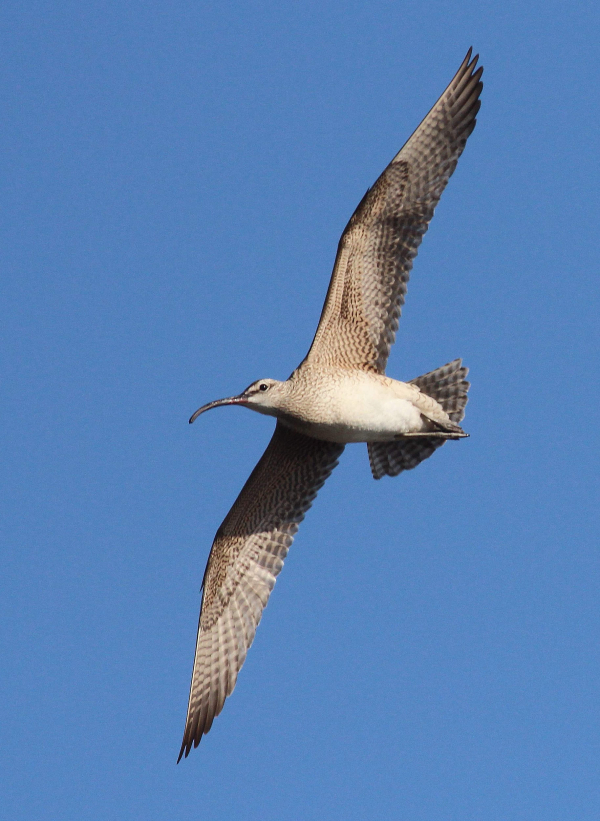
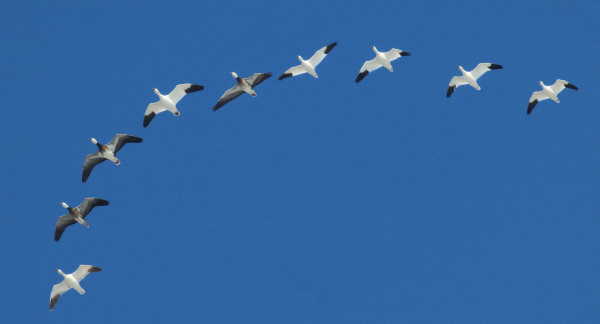

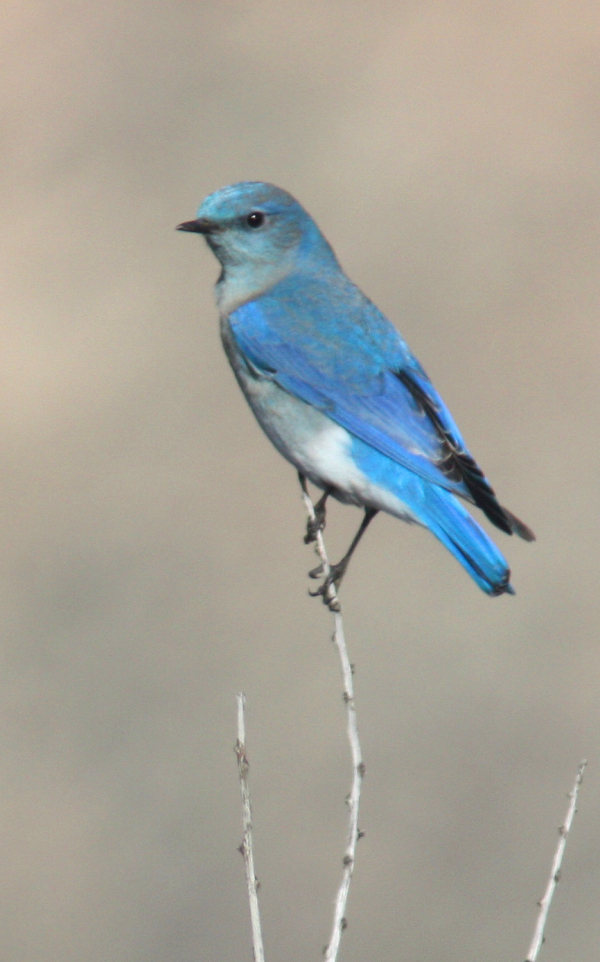
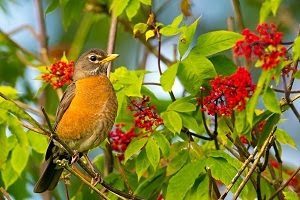
 The Mason County site near Bass Lake is 4.5 miles north of Charles Mears State Park in Oceana County, previously considered the northern limit of infestation in Michigan.
The Mason County site near Bass Lake is 4.5 miles north of Charles Mears State Park in Oceana County, previously considered the northern limit of infestation in Michigan.

